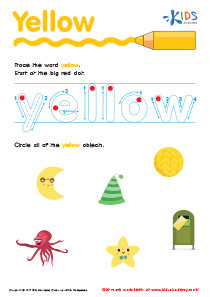Handwriting Skills Normal English for Beginners Worksheets for Ages 8-9
5 filtered results
-
From - To
Enhance your child's handwriting with our specially designed Handwriting Skills Normal English Worksheets for ages 8-9. These printable worksheets focus on improving writing techniques for young learners, enhancing fine motor skills, and boosting overall literacy. Each sheet offers engaging exercises that emphasize letter formation, word spacing, and sentence structure. Ideal for beginners, our resources support gradual progress, ensuring children build a strong foundation in writing. Perfect for classroom use or at-home practice, these worksheets make learning fun and effective. Equip your child with the tools they need for handwriting success with our comprehensive activities.
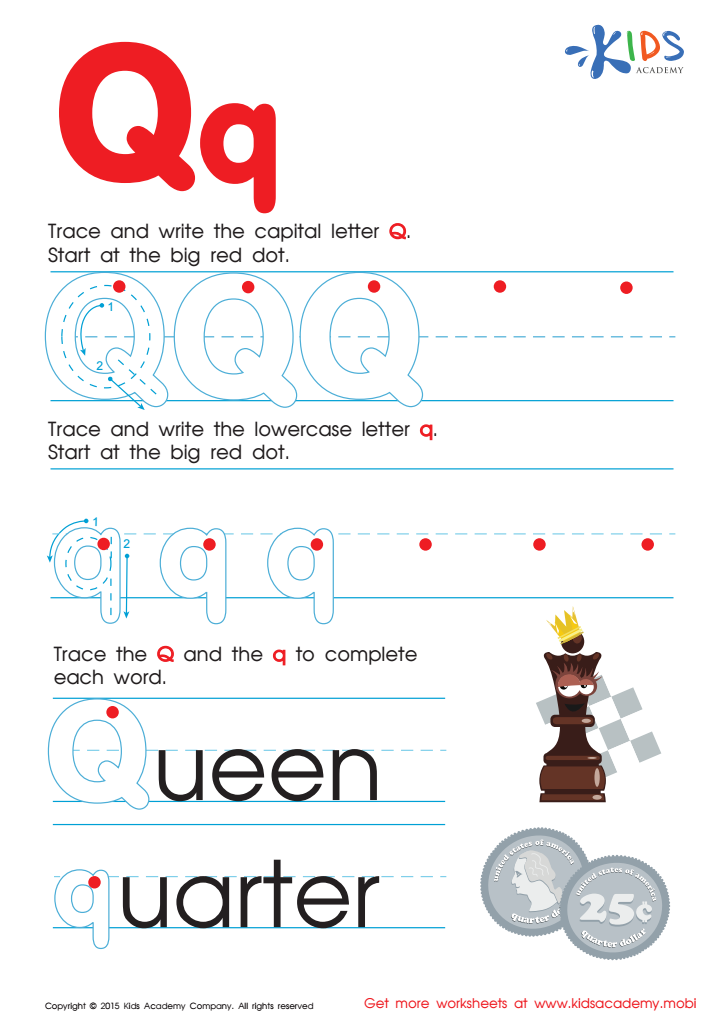

Letter Q Tracing Page
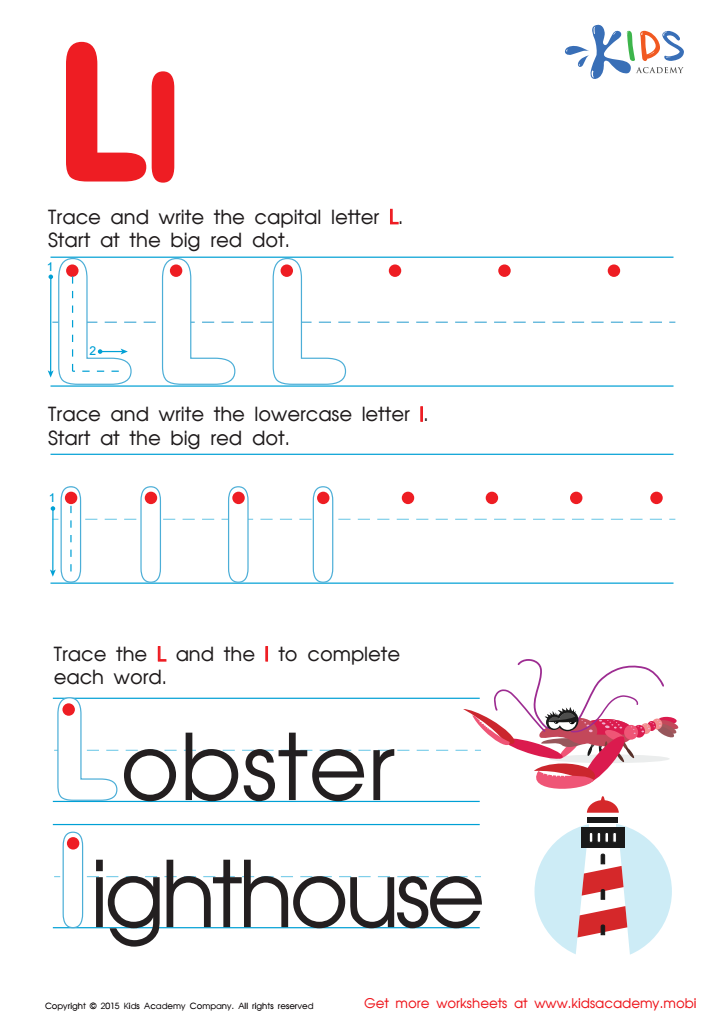

Letter L Tracing Page
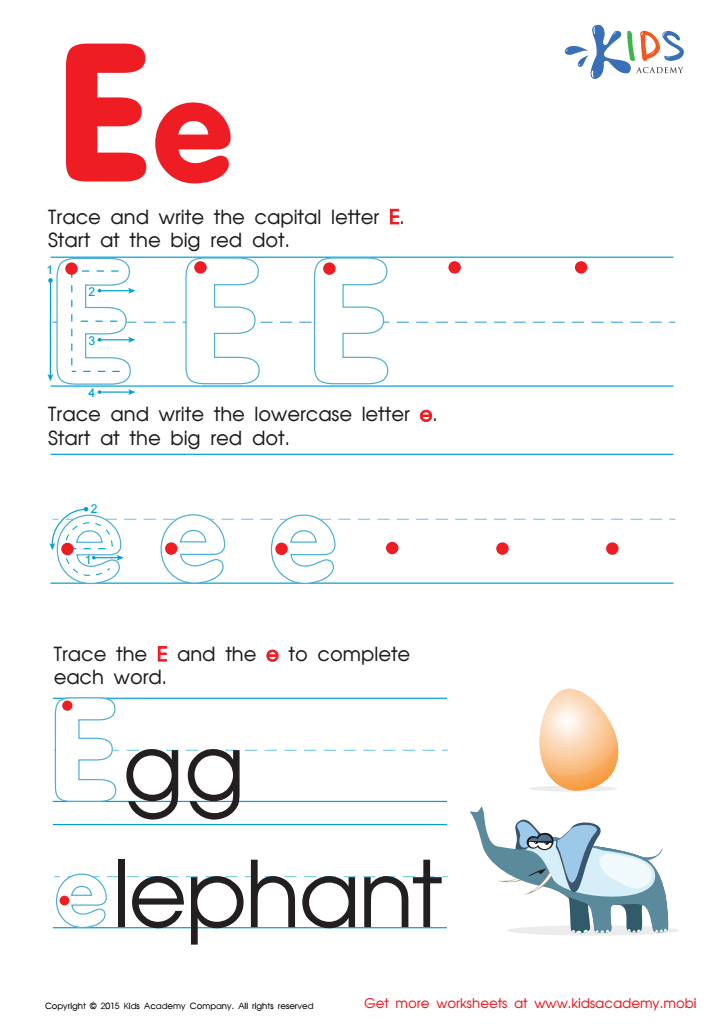

Letter E Tracing Page
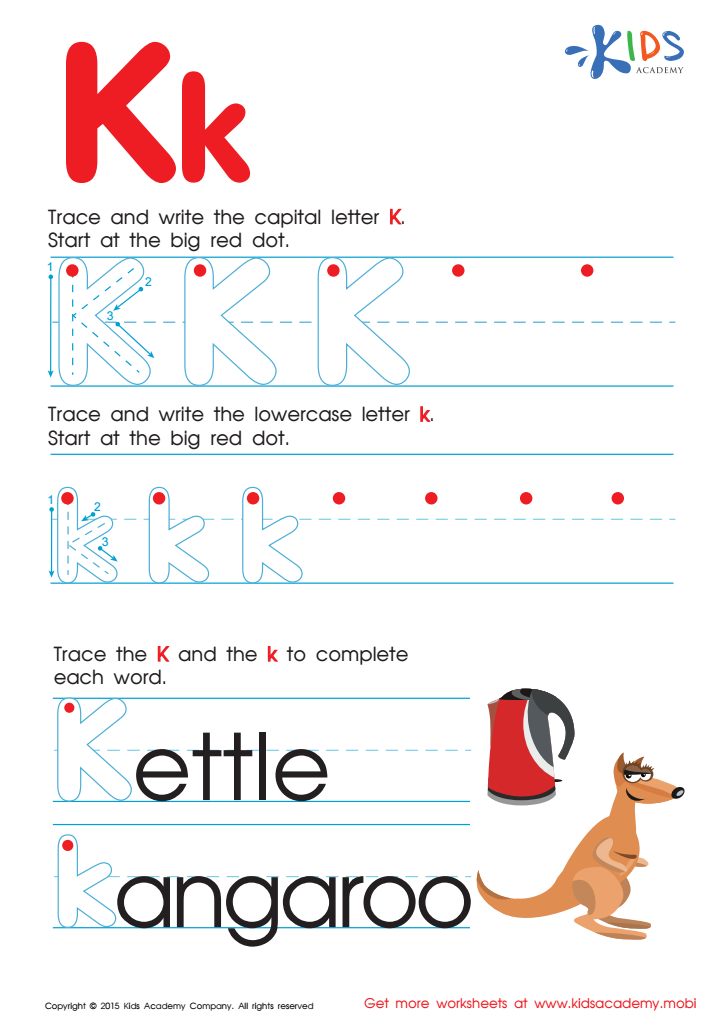

Letter K Tracing Page


Letter F Tracing Page
Handwriting skills are essential for children ages 8-9 for several foundational reasons. First, neat and legible handwriting boosts children's confidence and ability to express themselves effectively. When young learners can comfortably write, they channel their thoughts and creativity onto paper without the additional barrier of poor penmanship.
Second, the process of learning good handwriting refines motor skills. Practice in forming letters and spacing words helps develop hand-eye coordination and muscle control, which are vital for numerous everyday activities beyond writing, such as buttoning a shirt, tying shoelaces, and using utensils.
Additionally, research suggests that the cognitive processes involved in handwriting activate parts of the brain associated with thinking, memory, and langauge. This means that handwriting practice can enhance children's academic performance, particularly in subjects that require extensive note-taking and writing activities.
Moreover, readable handwriting makes it easier for teachers to assess student work accurately and provide constructive feedback, leading to better learning outcomes. Clear writing also ensures effective communication throughout life, from school assignments to professional documents and personal correspondence.
Lastly, learning good handwriting instills patience, attention to detail, and discipline—qualities beneficial beyond the classroom. By fostering strong handwriting skills early on, parents and teachers equip children with tools and habits they will use throughout their educational journey and beyond.
 Assign to My Students
Assign to My Students






